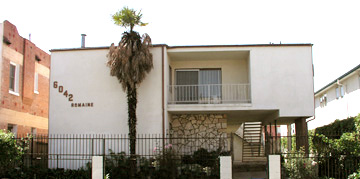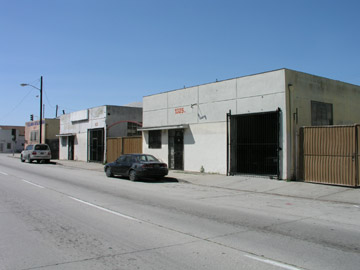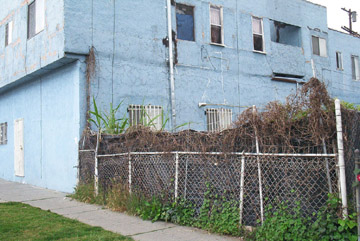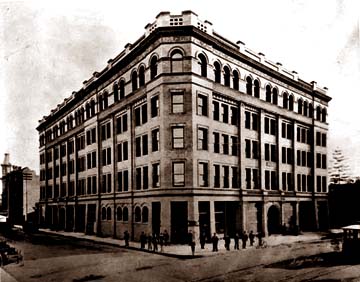
Mission-style auto courts. Googie bowling alleys. Roadside burger stands. Neon liquor store signs. Stiles Clements buildings. All are remodeled or demo’d with soul-crushing regularity. Of the hundreds that were and the handful that are, maybe, just maybe, should Fortuna bless us with her grace, we will be granted a precious one of each for our progeny to savor.
They are the few out of many. But there is only one Bradbury Building.
Yes, it’s a pleasant sandstone & dressed brickwork Romanesque commercial structure. Gorgeous opal-glass blade sign. And when you go inside-or rent Blade Runner if you’re lazy-there you’ll witness the jaw-dropping skylit interior atrium, the acres of wrought iron filigree, the glazed hydraulic elevators. And you think, where the hell did this come from?
LA, 1890. Bradbury hires famed LA architect Sumner Hunt to design an office building. Hunt gets to work, and presents the finished drawings to Bradbury. Bradbury doesn’t care for them, and so tosses the project in the lap of a young draftsman in Hunt’s firm, one George Wyman. Wyman isn’t an architect, but he has read Bellamy’s recently published utopian novel Looking Backward, which describes buildings of the year 2000 (they’re “bathed in light”). After consulting the Ouija board to make sure he should take the project (his dead brother said to go ahead), the li’l autodidact jumped in with both feet.
This is what he came up with:
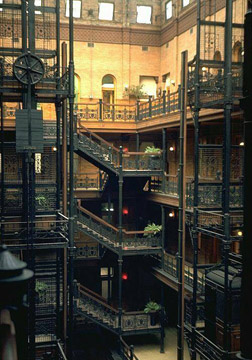
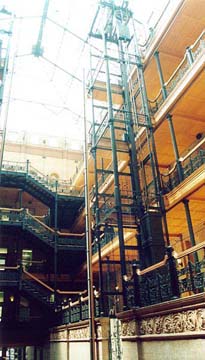
Which was of course scheduled for razing in the 70s (as were the Watts Towers in the 60s, another piece of LA both-footism) – and hell, this was a building described in 19-Victorian-demolishing-47 as “historic.†But then mighty State Senator Jim “Mills Act†Mills championed the California Historic Building Code, which rescued the Bradbury and countless others from the raw maw of demolition.
The building deteriorated until beautifully restored by the late Ira Yellin in the early 90s. Hong Kong real estate mogul Goodwin Yaw has since picked up the building and is planning a nightclub right there on the ground floor. The building that Minnie Epp helped save and Joe Stovall gave a foot for, this building that represents man’s noblest achievements, this building that is actually as close to being alive as any of us – will be rattled by booming bass, doused with sticky drinks, punched full of outlets, tagged and bruised and burnt: does anybody else consider this a really bad idea?
